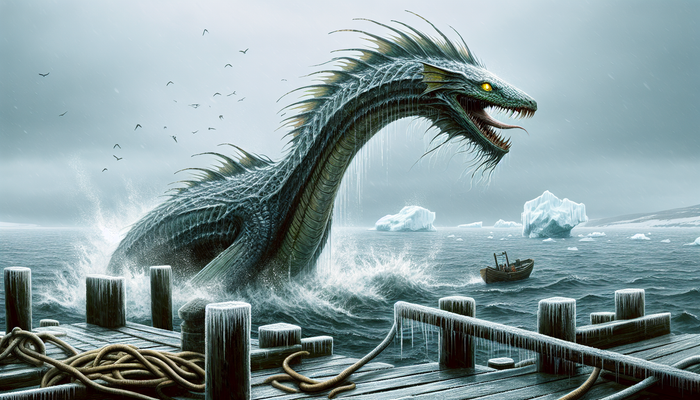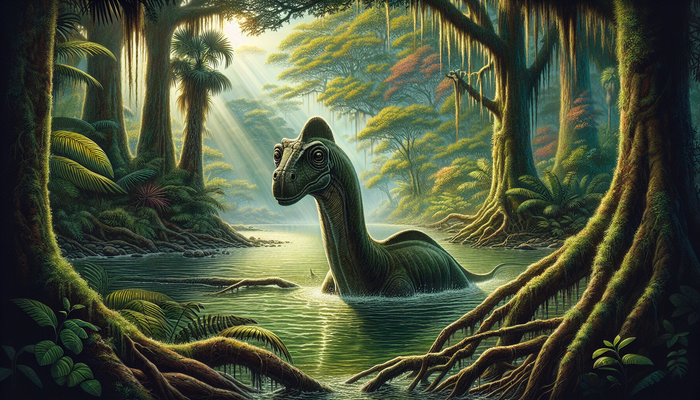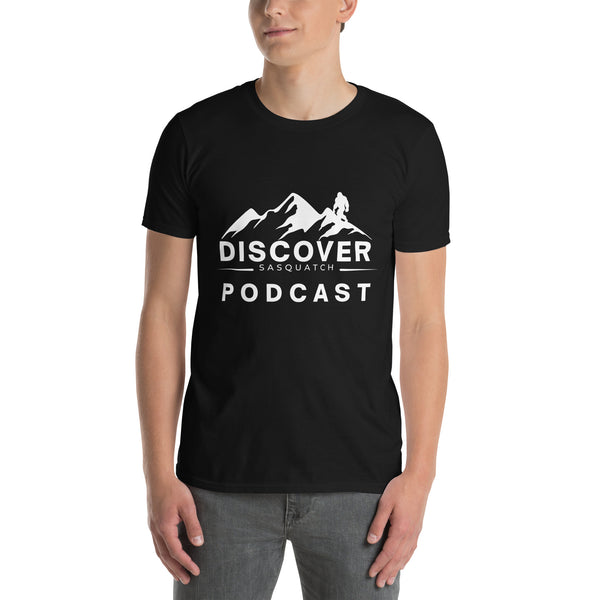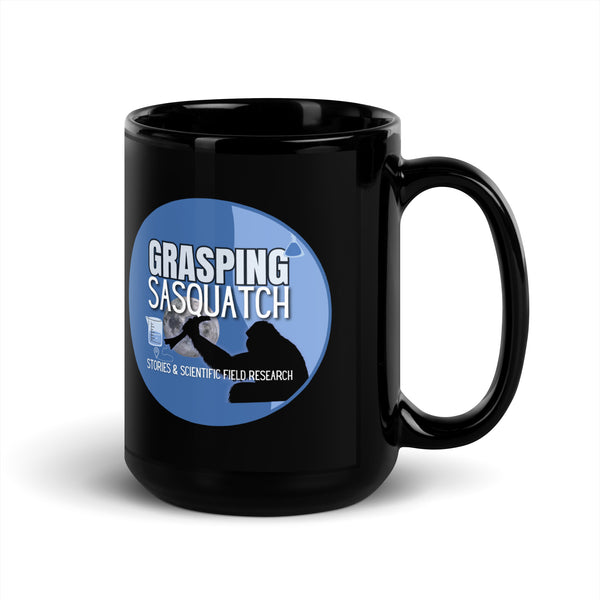Discovering Champ the Lake Monster: Legend of Lake Champlain
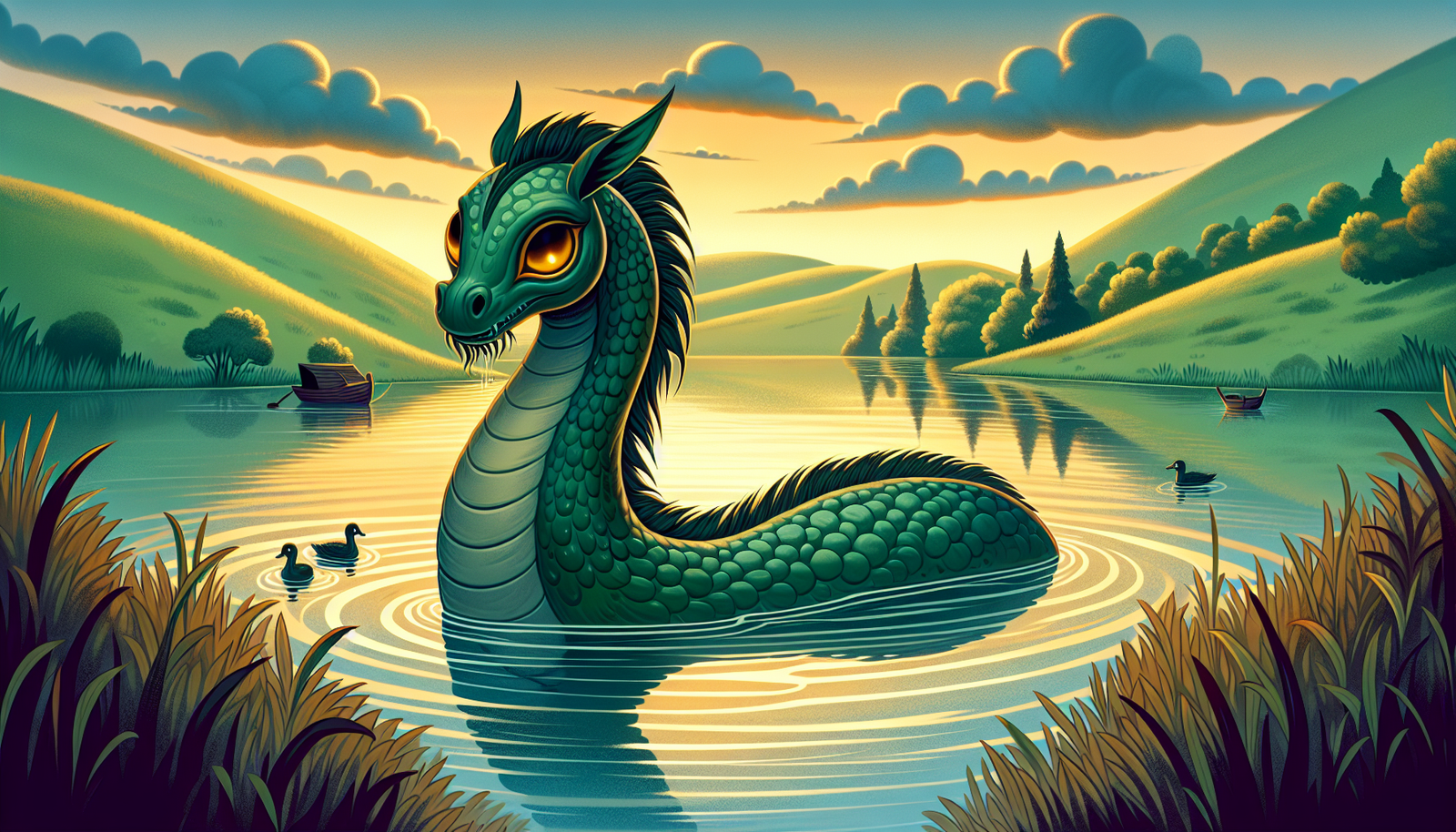
By Lucas Jennings, Cryptozoologist
The Origins of Champ
Long before European settlers set foot on the shores of Lake Champlain, the indigenous Abenaki and Iroquois peoples spoke of a great serpent dwelling in its waters. They called it Gitaskog, a name that evokes both awe and respect. For these tribes, Gitaskog wasn't just a creature; it was a spiritual entity, a guardian of the lake's secrets and a symbol of its power.
The Abenaki, in particular, wove Gitaskog into their creation myths. They believed that the creature was formed by Odzihozo, a giant who shaped the landscape. Odzihozo breathed life into Gitaskog, imbuing it with magical properties to patrol the waterways and protect the lake. This spiritual significance laid the groundwork for the modern legend of Champ, infusing it with a sense of mystery and reverence that persists to this day.
When French explorer Samuel de Champlain arrived in 1609, he unwittingly added a new chapter to the legend. While Champlain never explicitly mentioned seeing a monster, his description of large fish in the lake was later misinterpreted and embellished. He wrote of creatures "five feet long, which were as big as my thigh, and had a head as large as my two fists, with a snout two feet and a half long, and a double row of very sharp, dangerous teeth."
Historians now believe Champlain was likely describing a garfish or sturgeon, both native to Lake Champlain. But the seed was planted, and as European settlers established themselves around the lake, the legend of a monstrous inhabitant began to grow.
Notable Sightings Through the Years
The first well-documented sighting of Champ came in 1819, when Captain Crum reported an encounter that would set the tone for future descriptions. Crum claimed to have seen a "black monster" in Bulwagga Bay, estimating its length at a staggering 187 feet. He described a head like a seahorse, complete with three teeth and eyes "the color of a peeled onion." This account, published in the Plattsburgh Republican, marked the beginning of Champ's journey from local folklore to national sensation.
But it was the year 1873 that truly put Champ on the map. A flurry of sightings that summer captured the public's imagination and even attracted the attention of the famous showman P.T. Barnum. In one incident, a railroad crew reported seeing an "enormous serpent" with bright, silvery scales glistening in the sun. Later that same year, passengers aboard the steamship W.B. Eddy claimed their vessel nearly capsized after a close encounter with the beast.
Barnum, ever the opportunist, saw the potential for a spectacular attraction. He offered a whopping $50,000 reward for "the hide of the great Champlain serpent" to add to his World's Fair show. That's equivalent to over $1 million in today's currency – a testament to how seriously (or how lucratively) the Champ phenomenon was being taken.
As the 20th century dawned, sightings continued to trickle in. But it wasn't until 1977 that Champ would make its most famous appearance. Sandra Mansi, a tourist visiting the lake with her family, snapped a photograph that would become the cornerstone of modern Champ lore. The image appears to show a long, serpentine neck rising from the water, bearing an uncanny resemblance to the popular conception of the Lake Champlain Monster.
The Mansi photograph ignited a firestorm of debate and analysis. Skeptics pointed out that the photo was taken in relatively shallow water, making it unlikely to hide a creature of the size suggested. Others noted the similarity to a drifting log or other natural phenomena. But for believers, the Mansi photo was vindication – tangible evidence of what they'd long suspected lurked beneath the waves.
In the years since, sightings have continued to be reported with surprising regularity. The dawn of the digital age brought new forms of evidence, from shaky cell phone videos to sonar readings. In 2003, the Fauna Communications Research Institute captured underwater recordings that added a new dimension to the mystery. The sounds they recorded were eerily similar to the echolocation clicks of whales or dolphins – creatures not known to inhabit freshwater lakes.
These modern sightings and recordings have kept the legend of Champ alive in the 21st century, sparking renewed interest and debate among cryptozoologists, scientists, and the general public alike.
The Science Behind Champ
While the legend of Champ continues to capture imaginations, the scientific community has approached the phenomenon with a more skeptical eye. Many researchers argue that the majority of Champ sightings can be explained by misidentification of known animals or natural phenomena.
Lake Champlain is home to several large fish species that could potentially be mistaken for a monster, especially when seen from a distance or in poor visibility conditions. The lake sturgeon, for example, can grow up to 7 feet long and has a prehistoric appearance that might startle an unprepared observer. Similarly, schools of fish, swimming in a line, could create the illusion of a single, serpentine creature.
Another scientific explanation for Champ sightings involves a phenomenon known as temperature inversion. This occurs when layers of warm and cold air interact over the lake's surface, creating optical illusions that can distort the appearance of objects on the water. What might be a floating log or a wave pattern could, through this natural lens, appear much larger or more animate than it truly is.
Despite these rational explanations, some scientists remain open to the possibility of an unknown species inhabiting Lake Champlain. They point to the lake's unique geological history as a potential factor. Lake Champlain was once connected to the Atlantic Ocean, and some theorize that a population of marine creatures could have been trapped in the lake as it separated from the sea thousands of years ago.
This idea has led to speculation about what Champ might be, if it does indeed exist. Some researchers have proposed that it could be a surviving plesiosaur, a type of marine reptile thought to have gone extinct millions of years ago. Others suggest it might be a type of primitive whale, like the zeuglodon, adapting to freshwater over millennia.
The challenge, of course, lies in proving any of these theories. Lake Champlain is a vast body of water, with depths reaching over 400 feet in some areas. Its murky waters and complex underwater topography make thorough exploration difficult. While modern technology like side-scan sonar and underwater drones have improved our ability to search the lake, definitive proof of Champ's existence remains elusive.
This scientific uncertainty is, in many ways, the fuel that keeps the Champ legend burning. It's the space between the known and the unknown where imagination thrives, and where a lake monster can continue to capture our collective fascination.
Cultural Significance and Tourism
Whether Champ exists in physical form or not, there's no denying its existence as a cultural icon. The legend has become deeply intertwined with the identity of the Lake Champlain region, influencing everything from local art and literature to tourism and commerce.
In Port Henry, New York, Champ is more than just a legend – it's a local celebrity. The town has fully embraced its role as the unofficial "Home of Champ," complete with a giant Champ statue overlooking the lake. Every year on the first Saturday of August, Port Henry celebrates "Champ Day," a festival that draws visitors from across the country. The event features parades, costume contests, and "Champ hunts" that combine the thrill of monster-spotting with the natural beauty of Lake Champlain.
Across the lake in Vermont, Champ has made its mark on the world of sports. The Vermont Lake Monsters, a collegiate summer baseball team, proudly bears Champ's name and likeness. Their mascot, a friendly green monster named "Champ," is a fixture at games and community events, bringing the legend to life for a new generation of fans.
The economic impact of Champ on the region is significant. Gift shops around the lake do a brisk business in Champ-themed souvenirs, from t-shirts and postcards to more unique items like "Champ eggs" (actually painted rocks) and "Champ bait" (usually just bags of fish-shaped crackers). Boat tours promising the chance to spot Champ are popular with tourists, combining monster-hunting excitement with the natural beauty of Lake Champlain.
But Champ's influence extends beyond mere tourism dollars. The legend has become a point of pride for many locals, a shared cultural touchstone that binds communities around the lake. It's not uncommon to hear longtime residents share their own Champ stories, passed down through generations or experienced firsthand.
This cultural embrace of Champ has even extended into the realm of conservation. In the 1980s, both New York and Vermont passed legislation to protect Champ, should it be proven to exist. While these laws were largely symbolic, they speak to the deep connection many feel to the legend and to Lake Champlain itself.
The Ongoing Mystery of Champ
As we venture further into the 21st century, the legend of Champ shows no signs of fading away. If anything, modern technology and social media have given new life to the search for Lake Champlain's elusive inhabitant.
Online forums and Facebook groups dedicated to Champ sightings have created a community of enthusiasts who share stories, debate theories, and organize expeditions. These digital gathering places have democratized the search for Champ, allowing anyone with a smartphone and a keen eye to become a potential monster hunter.
This renewed interest has also attracted the attention of filmmakers and television producers. The upcoming film "Lucy and the Lake Monster," based on a children's book of the same name, promises to introduce Champ to a new generation of believers. The production, which filmed on location around Lake Champlain, has already generated buzz in the cryptozoology community and beyond.
But it's not just entertainment driving the ongoing fascination with Champ. Serious scientific expeditions continue to probe the depths of Lake Champlain, using cutting-edge technology to search for any sign of an unknown large creature. Underwater drones equipped with high-definition cameras have allowed researchers to explore areas of the lake that were previously inaccessible, while advances in environmental DNA testing offer the potential to detect the presence of unknown species from just a few drops of water.
These scientific efforts walk a fine line between skepticism and open-mindedness. While most researchers approach the search for Champ with a healthy dose of doubt, many also acknowledge the possibility, however remote, of discovering something truly extraordinary.
The enduring mystery of Champ speaks to something fundamental in human nature – our desire to believe in the extraordinary, to imagine that there are still wonders in this world yet to be discovered. In an age where it can feel like every corner of the globe has been mapped and catalogued, the idea of a prehistoric creature lurking in a lake in the northeastern United States is undeniably alluring.
Moreover, the legend of Champ serves as a reminder of the deep connection between humans and the natural world. It encourages us to look at Lake Champlain not just as a resource or a backdrop, but as a living ecosystem full of mysteries and possibilities. In this sense, whether Champ exists or not almost becomes secondary to the way the legend inspires us to engage with and protect the lake.
As long as Lake Champlain's waters remain deep and mysterious, the legend of Champ will continue to capture imaginations and inspire exploration. Each ripple on the lake's surface, each unexplained shadow beneath the waves, holds the potential for discovery. And in that potential lies the true power of the Champ legend – not just as a tale of a possible monster, but as a reminder of the wonder and mystery that still exists in the natural world around us.
So the next time you find yourself on the shores of Lake Champlain, take a moment to gaze out over its waters. Let your imagination wander to the depths below. And who knows? You might just become the next chapter in the ever-evolving legend of Champ, the monster of Lake Champlain.
From Bigfoot to UFOs: Hangar 1 Publishing Has You Covered!
Explore Untold Stories: Venture into the world of UFOs, cryptids, Bigfoot, and beyond. Every story is a journey into the extraordinary.
Immersive Book Technology: Experience real videos, sights, and sounds within our books. Its not just reading; its an adventure.


